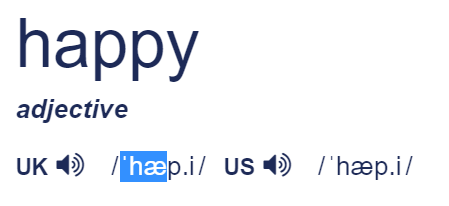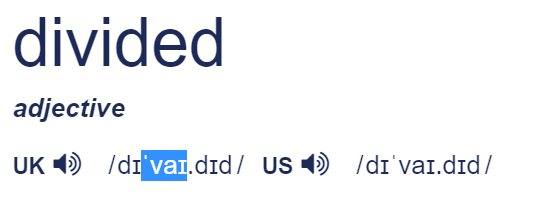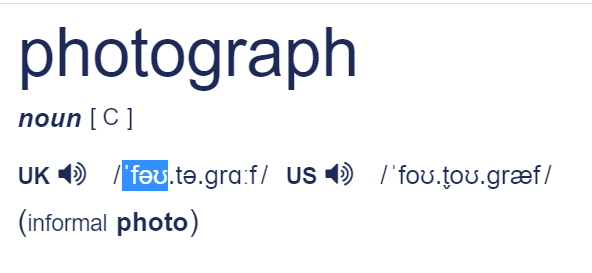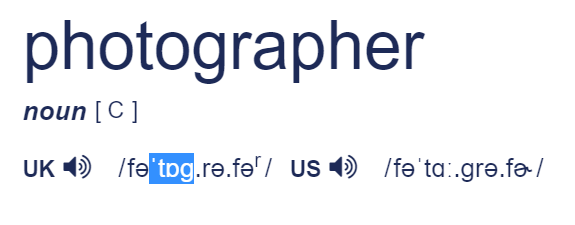Students' resources
English Pronunciation an overview
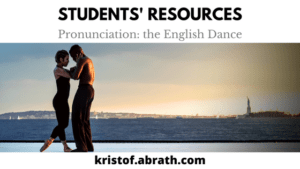
How does English Pronunciation work?
The English dance
The easiest way to understand pronunciation, the pronunciation of British English or any other language, is to look at it as some sort of dance.
As children we look at our parents and copy our parents dance moves. The same thing happens in English classes where the students copy the moves from the teacher. That’s why when listening to the children talking in my classes I could hear which teacher they had before. It’s not that it is impossible for adults to ‘copy’ those dance moves, it’s just a lot easier for children to do it naturally, adults need to go to dance classes to work on their English moves. What’s more, most adults are not aware of the ‘mistakes’ they make. They just take the dance moves from their native language and try to alter them a little to fit the English dance. Sometimes this works, but for many English sounds it just doesn’t work. So, let’s start with our dance classes.
How to dance in English or how does pronunciation work?
Like in any dance there are different aspects/ parts that you have to put together to make your dance look elegant and graceful. This is also true in pronunciation, where you also have different aspects/ or parts to make your pronunciation perfect. First of all, like in dance we’ll look at the basic steps.
The basic steps of English dance or invidual sounds
When living in Vietnam I learned to dance Salsa. I know it’s a strange place to start learning this dance, but I had a lot of time and I’d always wanted to learn Salsa. So, I went to 2 different salsa classes, I learned Cuban salsa and L.A. salsa, both have a different basic step and are danced rather differently. Still, I had to start from scratch and learn the steps/moves. I had to learn when to move my feet, how to move them, where to put them,…
This is the same with pronunciation. In pronunciation your basic steps are the individual sounds of a word. And this can be tricky in English, because the sounds and the letters in English don’t match. This makes it hard for people to look at a word and know how to pronounce it correctly. For example you have 5 vowels: a,e,i,o,u and 20 different sounds for them. This makes everything a bit difficult.
So what are the basic steps in English?
Like in dancing you need certain muscles to dance and move, the same is true for pronunciation. I would say there are 4 major muscles you need for English pronunciation and these are the same for British English, American English, Irish,…

- Lips: your lips go from backwards to forwards to make different sounds
- Tongue: your tongue also goes backwards and forwards to make sounds
- Jaw: your jaw goes open and close
- Voice: your voice box in your throat adds vibration to sounds or no vibration to sounds
When you put all 4 together you can make the individual sounds in English. This means, for a certain step or sound you need to slightly move them in different positions to make a specific English sound.
Why is this important?
It is important to have the correct sounds, because it can lead to misunderstandings.
For example:
If you tell your boss that your colleague has a /beer/, he will probably get fired because you should not drink beer at work. But you only wanted to say that he has a /beard/ then there is no problem.
So, most of the communication breaks down at individual sound level, which can lead to misunderstanding which can have a big impact.
Dance moves in English or word level pronunciation
The next level of dancing is taking those basic steps and combining them in a dance move. Here we are talking about taking the individual English sounds and combining them to make an English word. Important here is word stress. This means in English words are divided into syllables: different parts of a word:
- Word: 1 syllable : word
- Happy: 2 syllables: ha-ppy
- Divided: 3 syllables: de-vi-ded
- Interesting 4 syllables: in-te-res-ting
In English 1 of these syllables is stressed and the stress is not regular and can change when you alter the word. For example in Spanish the stress is regular if not you use an accent ‘: Bogotá to show that the stress is on the ‘a’. You can easily find the stress in a good dictionary.
Happy: /ˈhæp.i/ the ‘ here shows the stress: so the stress is on the first syllable: happy
Divided: /dɪˈvaɪ.dɪd/ the ‘ is in front of the second syllable, so this one is stressed: divided
Photograph: /ˈfəʊ.tə.ɡrɑːf/ : Photograph: the stress is on the first syllable
Photographer: /fəˈtɒɡ.rə.fər/: Photographer: the stress is on the second syllable
Don’t worry too much about the strange symbols (phonemic script), you don’t really need them anymore, though they are still useful to understand. We’ll have a look at them at some other point in time.
Why is this important?
Even though it doesn’t really lead to breakdown in communication as with individual sounds, it is just how English is used and it makes you sound more natural and again it will be easier to understand you.
Dancing in English or sentence level pronunciation
This is the last level of dancing or English pronunciation. Here we are listening to the music and using the 2 previous levels together with the last. This means we are putting the words together in a sentence. So, some words get connected, some sounds change, some sounds disappear. Like in dance there is a rhythm to what you want to say, there is intonation, certain words are stressed,…
This final level is something most students forget or also have issues with because they are more focused on using the correct grammar, the correct vocabulary, not making mistakes and pronouncing everything correctly, that they forget to look at the bigger picture.
For example, I would say that most of the Vietnamese I have danced with know the steps very well and can dance perfectly, but they do miss some of the passion needed in a Latin dance so they don’t move as passionately as I would say when I have watched Colombians dance (Colombia, the birthplace of Salsa, another country I used to live). They are less focused on the individual steps and moves, and technically less perfect, but they do have the passion and you can see it in the end result.
Why is this important?
If you don’t want to sound like a robot, you need level 3 to sound natural. It can also lead to breakdown in communication, as in English negatives are stressed: don’t, can’t,.. And normal auxiliars: do, can are not stressed. Most students forget to stress them, which means I have to double check and ask again: ‘did you say you can swim, or you can’t swim?’ Plus as I mentioned before, it is nice if you know the moves, if you can’t follow the rhythm nicely it still doesn’t look or sound all too great.
Let's review English Pronunciation
4 muscles for pronunciation
- Lips: your lips go from backwards to forwards to make different sounds
- Tongue: your tongue also goes backwards and forwards to make sounds
- Jaw: your jaw goes open and close
- Voice: your voice box in your throat adds vibration to sounds or no vibration to sounds
Match them in different combinations and you can make English sounds. Here you will need to practice moving your muscles in the right position to make the right sound. This takes lots of practice, making mistakes and more practice to get it right, so you can do it without thinking (Now I need to put my tongue here, my lips there, my jaw like that, oh and not forget to add voice).
The best practice here is to focus on one sound, listen to the sound and try to repeat it. If it doesn’t sound right, move your muscles differently until you get it right. Then practice that movement over and over again.
3 levels of Pronunciation
So there are 3 levels of pronunciation in English:
- Individual sounds. Important here is putting the muscles in the correct place
- Word level: sounds together to make a word. Important here is word stress
- Sentence level: putting words together in a sentence. Important here is stress, intonation, rhythm, sound combinations, sounds changing, sounds disappearing.
This means you need to practice all 3 different levels. You can practice them individually, but at some point you need to put them together and go for level 3 practice.
I’m sure you still have lots of questions, but at least you should have a basic understanding of the English dance. And don’t worry we will have a look at the different parts in other lessons.
So, if you have any questions or comments let us know in the comment section below.
Spread the word
Kristof Abrath
Teacher, Trainer, Course Designer
Teaching in English on 4 different continents since 2006.
